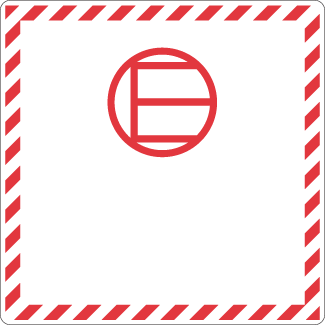This post was originally published in August 2021 and has been updated in March 2023 for accuracy.

Previously I wrote a blog on Limited quantities, titled “Shipping Limited Quantities by Ground vs Air, What’s the Difference?”
Limited quantities are a popular exemption when shipping dangerous goods, as mentioned in the blog above. In addition to limited quantities, one of the other more common exemptions used when shipping dangerous goods in smaller amounts is Excepted Quantities. Excepted quantities are another way of shipping small quantities of hazardous goods with less stringent regulations. In most cases, the package may be exempt from marking, UN Packaging, and Labeling requirements outlined in the various regulations. You may ask yourself, what are the rules when shipping Excepted Quantities, and are there any differences across the various regulations?
What are Excepted Quantities?
Excepted Quantities is another exemption that can be used across the various dangerous goods regulations. Exemptions are basically a way the various regulations allow us to bend the rules a bit, but the key here is that they have to be in small quantities (more on that later). What each of the modes of transport have in common is that the marking below is required when shipping in Excepted Quantities instead of hazard class labeling. The marking must contain the primary hazard class, or when assigned, the division of the material in addition to the name of the shipper or consignee if it is not anywhere else on the package. The hatching on the marking can be either black or red on a suitable contrasting background. This is just a piece of the puzzle; how do you know if you are allowed to ship dangerous goods in Excepted Quantities, and what does it exempt you from? Let’s take a look at the domestic and international regulations as it pertains to Excepted Quantities.
49CFR
In the 49 CFR, you will find information on Excepted Quantities at 173.4A. Shipping Dangerous goods as Excepted Quantities per the 49CFR would exempt you from hazard class labeling, UN packaging, placarding, and shipping papers. Although UN packaging is not required, you must use a triple layer packaging (inner packaging, intermediate packaging with absorbent, and outer packaging), and it must be capable of passing a drop test. The inner and outer packaging limits per the 49CFR are below:
Inner packaging limits
The maximum quantity of hazardous materials in each inner packaging is limited to:
- For toxic material with a Division 6.1 primary or subsidiary hazard, PG I or II –
(i) 1 g (0.04 ounce) for solids; or
(ii) 1 mL (0.03 ounce) for liquids; - 30 g (1 ounce) or 30 mL (1 ounce) for solids or liquids other than those covered in paragraph (c)(1) of this section; and
- For gases a water capacity of 30 mL (1.8 cubic inches) or less.
Outer Packaging Limits
- For other than a Division 2.2 or Division 5.2 material:
(i) Packing Group I – 300 g (0.66 pounds) for solids or 300 mL (0.08 gallons) for liquids;
(ii)Packing Group II – 500 g (1.1 pounds) for solids or 500 mL (0.1 gallons) for liquids;
(iii) Packing Group III – 1 kg (2.2 pounds) for solids or 1 L (0.2 gallons) for liquids; - For Division 2.2 material, 1 L (61 cubic inches); or
- For Division 5.2 material, 500 g (1.1 pounds) for solids or 500 mL (0.1 gallons) for liquids.
In addition, the Excepted Quantity marking is required on the outside off the package.
TDG
When you find the UN number and proper shipping name of your dangerous good using Schedule 1, if you go to column 6 (b) it will give you an EQ (Excepted Quantity) code between E0 and E5. In section 1.17.1 there is a chart with the various codes referenced that will tell you the allowable inner and outer packaging limits when shipping in Excepted Quantities referenced below:
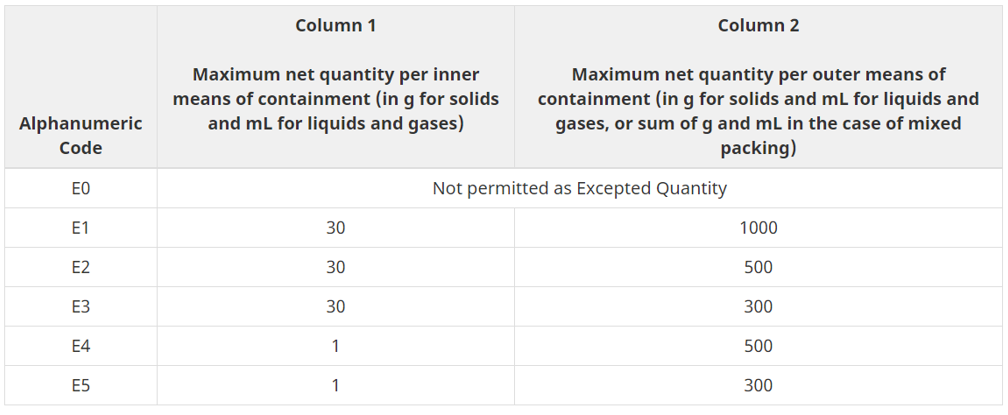
When shipping in Excepted quantities per TDG this would exempt you from Part 3 (Documentation), Part 4 (Dangerous Goods Safety Marks), Part 5 (Means of Containment), Part 6 (Training), Part 7 (Emergency Response Assistance Plan) and Part 8 (Reporting Requirements) as long as it is marked with the Excepted Quantity marking. The dangerous goods must be in an inner means of containment and an outer means of containment that are designed, constructed, filled, closed, secured and maintained so that under normal conditions of transport, including handling, there will be no accidental release of the dangerous goods that could endanger public safety.
International Shipping Per IATA and IMDG Code
Similar to TDG, both IATA and IMDG Code have a chart that will show you the limits when shipping in Excepted Quantities. In IATA, the chart is located in Section 2.6, and you would simply look in Column F in the list of dangerous goods to determine what EQ code (E0-E5) your dangerous good falls under. And in the IMDG code, you would look in column 7(b) on the dangerous goods list to find your EQ code (E0-E5), and the chart is listed in section 3.5. An example of the chart for both regulations is below:
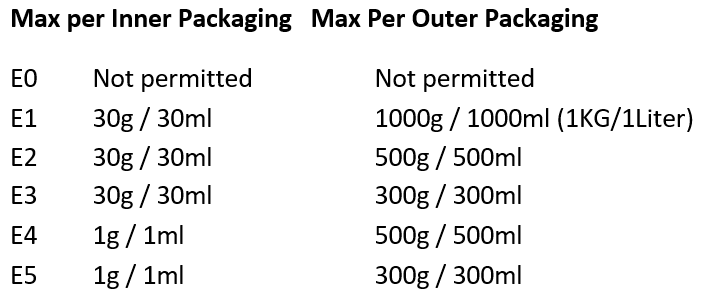
In IATA Section 2.6, it will tell you the limitations when shipping Excepted Quantities. Generally, Excepted Quantities require no Shipper’s Declaration, UN packaging, and hazard class labeling. The Excepted Quantity package marking is required, and packaging must be triple-layered and must be capable of passing a drop and stack test. Similarly, the IMDG code also requires that packaging must be triple-layered and also must be capable of passing a drop and stack test as well; this is all mentioned in section 3.5. Hazard class labeling is not required per the IMDG code, but the Excepted Quantities mark must be on the outside of the package. The main differences here with the IMDG code is a shipping document is required with the words “dangerous goods in excepted quantities” and with the number of packages referenced. In addition, the number of packages per each cargo unit cannot exceed 1000. If you are looking for the required Excepted Quantity marking that is compliant in all modes of transport, feel free to call us at 877-756-3718 (U.S.) or 888-977-4834 (Canada).
Stay up to date and sign up for our newsletter!
We have all the products, services and training you need to ensure your staff is properly trained and informed.
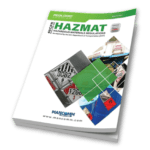 US 49 CFR Publications |
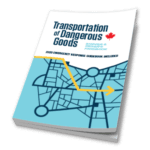 Canadian TDG Publications |
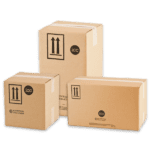 UN Packaging |
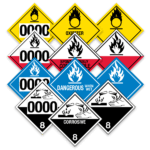 Labels |

